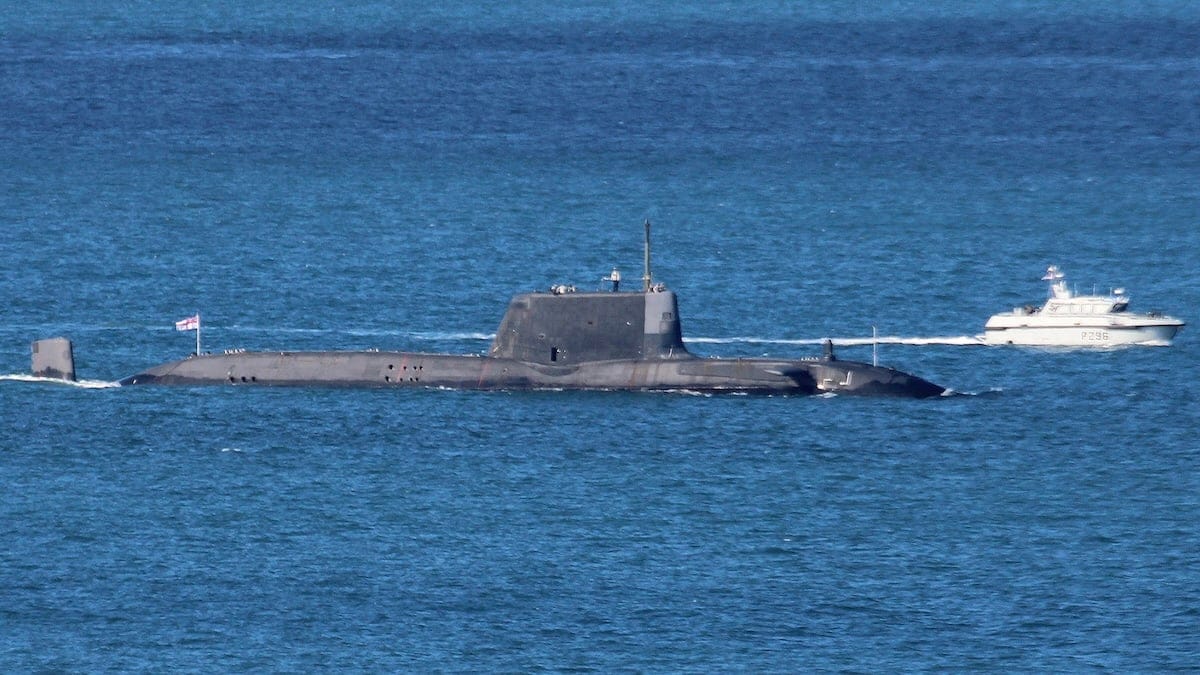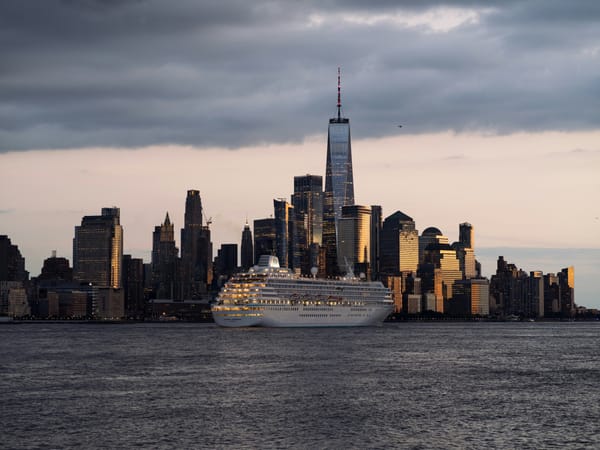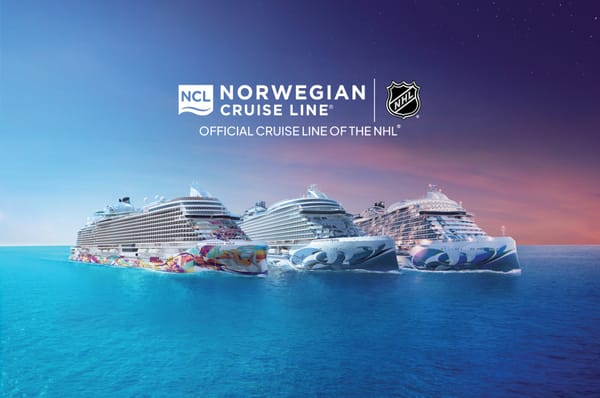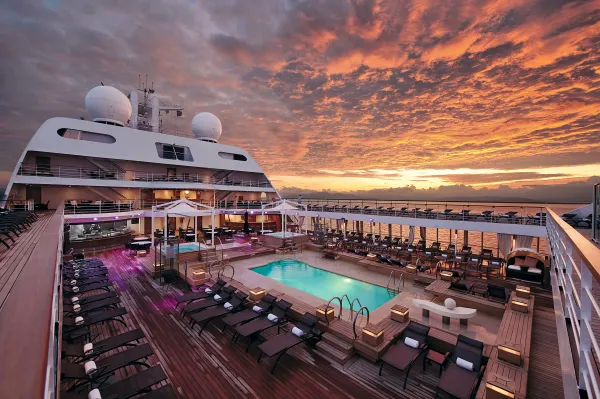HMS Astute's Presence in Gibraltar Stirs Safety and Environmental Debate
The presence of HMS Astute in Gibraltar alongside cruise ships raises ongoing concerns about safety and the environmental impact of merging military and civilian maritime activities.

Two cruise ships recently navigated near a nuclear-powered submarine in Gibraltar, renewing debates around the interaction of military operations and high-traffic tourism. On March 15, 2025, the UK’s Royal Navy submarine HMS Astute docked at Gibraltar’s southern military port, coinciding with the scheduled arrivals of Saga Cruises’ Spirit of Adventure and Celebrity Cruises’ Celebrity Apex in the surrounding waters. Verdemar-Ecologists in Action, a Spanish environmental group, condemned the submarine’s presence, citing potential risks for both visitors and the local environment.
Cruise Ships and HMS Astute: Timeline of Events
The Royal Navy’s HMS Astute, widely regarded as one of the world’s most advanced nuclear-powered submarines, arrived in Gibraltar on March 15 for necessary maintenance and resupply. Around the same time, the 1,000-passenger Spirit of Adventure—on a 22-night voyage—made a planned call to Gibraltar, affording guests nine hours to explore the area before sailing on to Southampton, UK. Simultaneously, the 2,910-guest Celebrity Apex transited through the region on its way to Palma de Mallorca, Spain, eventually reaching its destination on March 20, some 475 nautical miles from Gibraltar.
Passengers aboard both cruise ships appeared mostly unaware of the submarine’s presence. Travel itineraries proceeded unaffected, with local excursions continuing as scheduled. However, the submarine’s proximity has rekindled ongoing discussions about balancing military requirements with Gibraltar’s significant tourist traffic.
Environmental Concerns and Criticism
Verdemar-Ecologists in Action sharply criticized the decision to allow a nuclear-powered vessel to dock in a port accustomed to receiving nearly 300 cruise calls a year. The organization labeled HMS Astute a “potential floating bomb” and warned that such vessels pose additional risks when positioned alongside bustling tourist operations. “Gibraltar must decide whether it wants to be a military port or a tourist port,” the group stated, reinforcing its long-standing objection to nuclear submarine operations in the region.
Environmental activists also pointed to regional sensitivities, recalling a 2016 incident in which HMS Ambush collided with a merchant ship near Gibraltar. That earlier event triggered public outcry and demands for tighter control over the movement of military vessels in a zone heavily trafficked by civilian ships.
Military Justifications and Safety Assurances
The Royal Navy defended its position, asserting that nuclear submarines employ substantial shielding systems to mitigate any radiation risks. According to military representatives, routine studies around global naval bases have consistently shown that the radiation levels from vessels like HMS Astute fall well within recognized safety parameters.
Officials further underscored Gibraltar’s strategic importance at the entrance to the Mediterranean, likening its combined civilian and naval operations to those at Pearl Harbor and San Diego in the United States. They maintain that such shared facilities can function safely if proper protocols are enforced and regularly monitored.
Global Implications of Mixed-Use Ports
The situation in Gibraltar reflects challenges faced by other mixed-use ports that accommodate both military and tourism-oriented maritime traffic. Examples include San Diego in California and Sydney in Australia, where naval vessels and cruise liners regularly share space. Environmental groups remain concerned about the public perception of nuclear-powered ships, suggesting that any doubts about safety or heightened military presence could potentially deter future visitors.
Gibraltar sits at one of the world’s busiest crossroads, with close to 60,000 ships passing through annually. Local stakeholders emphasize the importance of preserving the region’s reputation for safe and efficient port operations, particularly given its reliance on cruise tourism as a key economic driver.
While passengers aboard the Spirit of Adventure and Celebrity Apex appeared unaffected by the nuclear submarine’s docking, the broader debate about allowing nuclear-powered military vessels in popular tourist ports continues to spark concern among environmental advocates and industry observers alike.
Frequently Asked Questions (FAQs)
What is HMS Astute, and why was it in Gibraltar?
HMS Astute is a nuclear-powered, non-nuclear-armed submarine operated by the UK’s Royal Navy. It arrived in Gibraltar on March 15, 2025, for scheduled maintenance, resupply, and operational duties.
Why are environmental groups concerned about nuclear submarines in Gibraltar?
Organizations like Verdemar-Ecologists in Action contend that nuclear submarines introduce potential radiation risks and could undermine Gibraltar’s appeal to tourists, given the high volume of cruise ships that visit every year.
Are nuclear submarines safe to operate near civilian areas?
According to military authorities, rigorous shielding and safety protocols keep potential radiation impacts minimal. Ports such as Pearl Harbor and San Diego have accommodated nuclear-powered vessels for years without documented health issues.
Has HMS Astute’s presence impacted Gibraltar’s tourism?
No immediate effects on tourist arrivals have been reported. However, local environmental groups argue that repeated visits from nuclear-powered submarines may eventually affect Gibraltar’s reputation as a desirable port of call for cruise lines.




